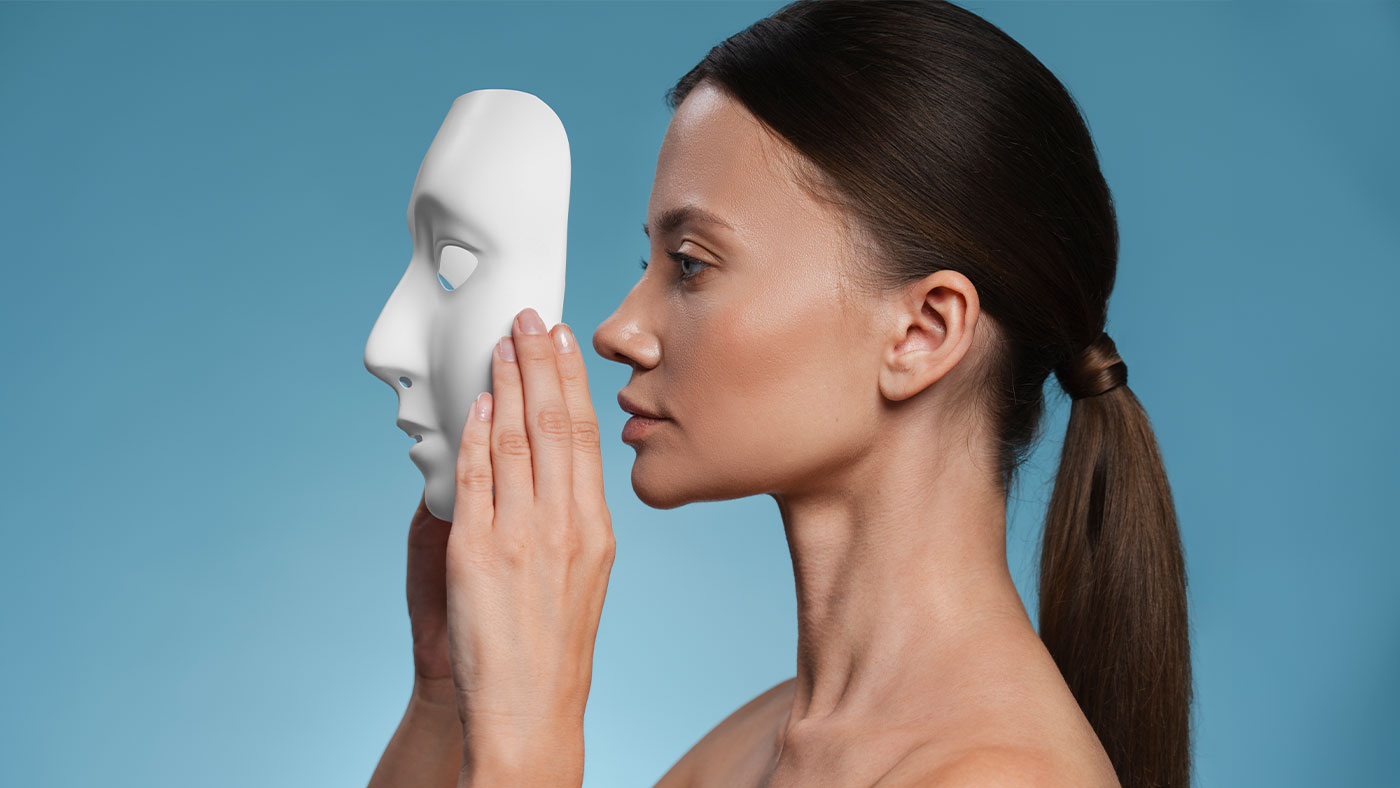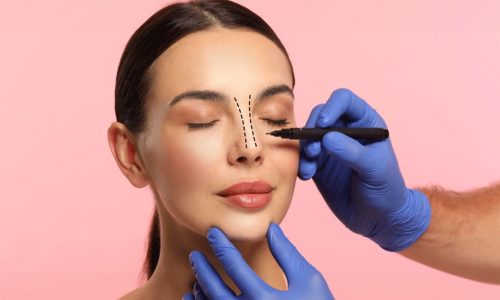What is 3D Rhinoplasty Simulation and How Does It Work?
3D simulation begins with the computer processing of high-resolution photographs of the patient’s face, taken from various angles. This data is converted into a digital nasal model using specialized software. Surgical details such as the nasal dorsum, nasal tip projection, and nasolabial angle can be reshaped on this platform.
Systems like Vectra perform this process with three-dimensional, 360° images. This allows for detailed analysis from both aesthetic and functional perspectives.
Why is 3D Rhinoplasty Simulation Used?
1. Realistic Preview & Management of Patient Expectations
- Patients can get a preview of how their nose will look after surgery.
- Communication between surgeon and patient becomes clearer, thus aiming for realistic and satisfying results rather than a “wow” effect.
2. Planning and Technical Advantage for Surgeons
- Digital planning allows surgeons to ensure optimal surgical incisions and bone-cartilage adjustments.
- Before/after comparisons help surgeons evaluate their own practice.
3. Decision Support & Patient Consent
- 88.4% of patients stated that these simulations had a positive impact on their decision to undergo surgery.
- This tool is not just a Photoshop operation; it is an interactive decision support system.
Scientific: Simulation and Real Result
In a study of 40 patients, 60% of simulations were rated “good,” while 82.5% of actual postoperative outcomes were “good to excellent.” 77.5% of the panel preferred the actual outcome to simulation. This demonstrates that while simulation is a powerful aid in surgical planning, it ultimately rests in the hands of an experienced surgeon.
3D Rhinoplasty Simulation Limitations / Warnings
- Simulation doesn’t guarantee results. Skin structure, healing process, and individual anatomical differences affect the outcome.
- In revision cases, structural complications can be limiting for some surgeons.
- Some users on social media and forums describe the simulation results as “uncanny valley”: “The 3D imaging portion was super weird and it felt very uncanny valley… I couldn’t recognize my own face.” “I honestly think you look like a gremlin in the simulation.”
These examples demonstrate that surgeon guidance and confidence-boosting before/after photographs are crucial when using simulation.
Recommendations for You and Your Surgeon
- Share your expectations: Clearly communicate to your surgeon any points you didn’t like about the simulation.
- Examine real cases: Evaluate long-term, high-quality rhinoplasty images on the surgeon’s website.
- Request a repeat simulation: Seeing alternative designs strengthens the decision-making process.
- Value your surgeon’s experience: Simulation is a powerful tool, but true skill is shaped by it.
3D Rhinoplasty Simulation and Results
3D Rhinoplasty Simulation is an effective method that strengthens surgeon-patient communication, clarifies aesthetic planning, and supports the decision-making process. However, it’s important to remember:
- The result is not 100% dependent on the simulated images.
- When evaluated with the interpretation of an experienced surgeon, it offers a more confident approach, both aesthetically and functionally.



